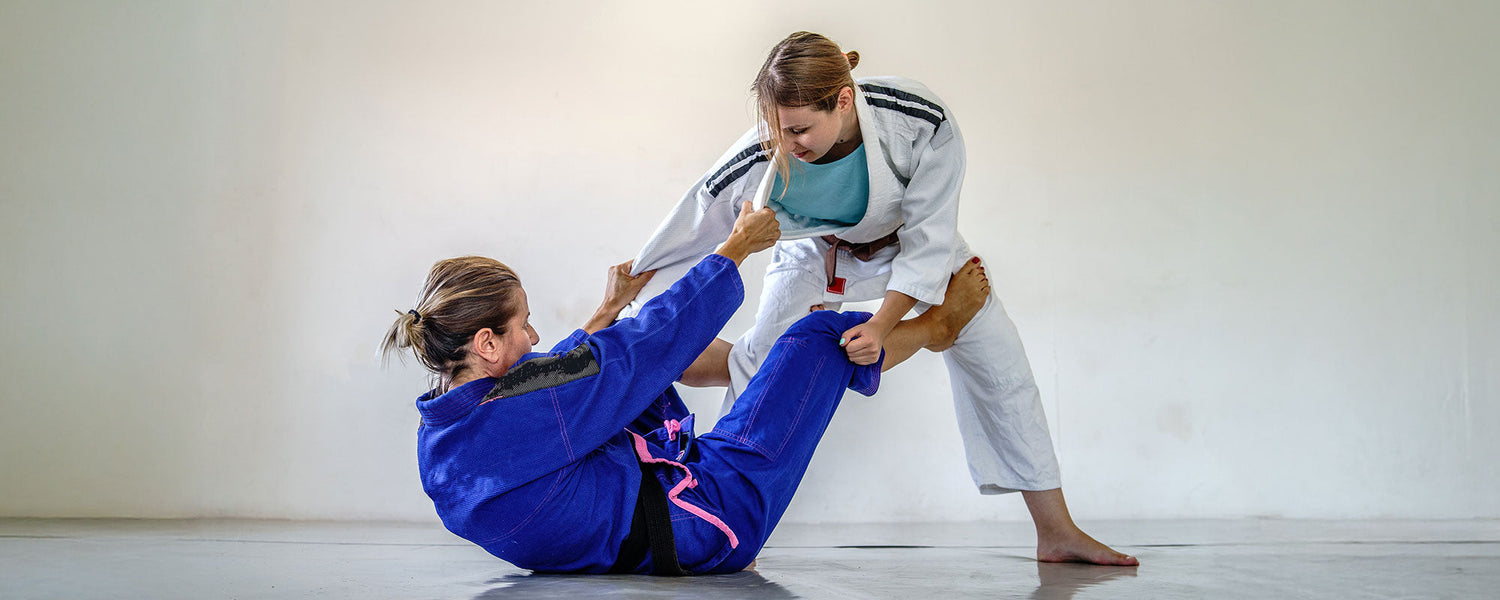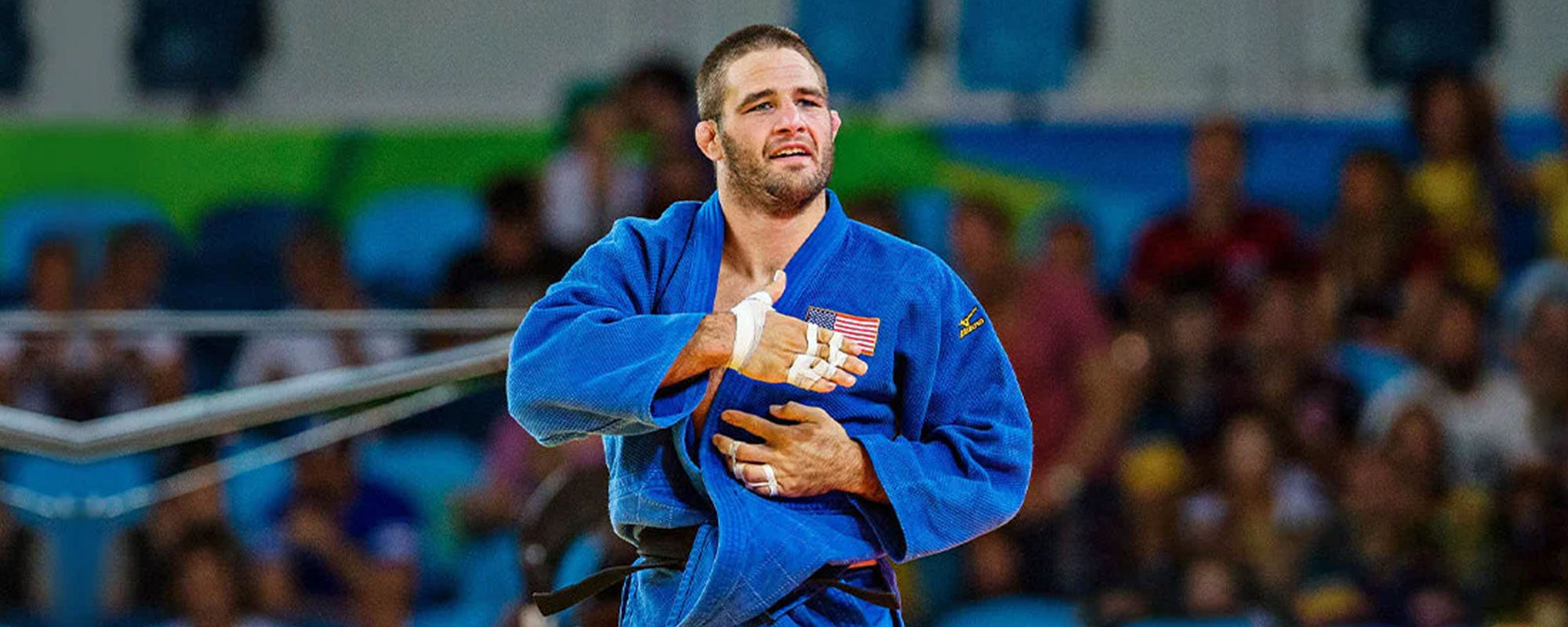Table of content
Brazilian Jiu-Jitsu and Judo are two of the most famous martial arts in the world. Although they may share many things in common, many aspects make them different.
Brazilian Jiu-Jitsu emphasizes grappling and a focus on ground fighting. Judo, by contrast, emphasizes throwing techniques with less emphasis on fighting on the ground. Brazilian Jiu-Jitsu can be more dynamic than Judo because it requires constant movement. Judo, however, can be less physically demanding.
If you'd like to understand more about the distinctions between BJJ and Judo, continue reading this article.
1. Atlanta Martial Arts Center Effective self-defense
BJJ is more popular than Judo because of its more prominent web presence. Unlike in Judo, one takedown may lead to an athlete winning about. Athletes can also instantly lose if their guard fails. BJJ is extremely popular, though Judo's groundwork is far more exciting than BJJ.
2. Apps Quality and Quantity
BJJ has more applications off of the mat than Judo. However, Judo is more dangerous than BJJ. The kinetic energy in Judo can be produced while standing, and throwing people can cause more significant damage than in BJJ. There are thousands of people who practice these martial arts worldwide.
3. Content Depth
Nearly all martial arts include striking techniques, grappling/throwing strategies, and weapon defense techniques. Many karate systems, including Tae Kwon Do and Gracie Jiu-Jitsu, fall into this category. What matters is how much attention is given to each method. Some martial arts focus more on striking while others focus on weapons training. Gracie Jiu-Jitsu focuses mainly on defending against strikes, weapons, and throwing techniques. Additionally, practitioners spend a lot of time learning the finer details of grappling techniques that enable a smaller person to control or subdue a larger opponent.
The creators of Gracie Jiu-Jitsu, Carlos and Helio Gracie, were not hefty guys. They had to create a method for jiu-jitsu that used strength and aggression against the opponent.
This popular self-defense technique has also become a thrilling and entertaining sport.
4. Techniques Difference
Brazilian Jiu-Jitsu and Judo use different movements in their respective sports. Here's a summary of the many approaches practitioners from each martial art should be familiar with:
5. BJJ Techniques
Proper Respiration:
This skill is essential for all Brazilian Jiu-Jitsu practitioners. Fighters have to stay calm during fights and be attentive throughout.
Breaking the Balance:
This skill is accomplished through various techniques, such as sweeps and takedowns. It will help you dominate your opponent while on the ground.
Advanced Chokes:
Many people love this technique as it can cause severe damage in just a few seconds. It is an effective self-defense move.
Bridging or shrimping are two standard techniques in Judo and wrestling. It's essential to be able to stand up quickly after falling flat. You can also defend yourself against attacks by going under someone's legs. It will enable you to escape the opponent's grasp.
Grips:
Every Brazilian Jiu-Jitsu practitioner must be familiar with different grips. The collar grip (sometimes called the rear-naked choke) is a technique that allows you to control your partner's back. This method may also be utilized for self-defense.
Passing Guard:
This technique helps you avoid being knocked down by your opponent. You pass your legs through the opponent’s to control them, then you attack from a dominant place.
Armbars:
This method helps practitioners grip and immobilize the opponent's arm.
6. Judo Techniques
These can be done from a standing position with opponents thrown to earn Yuko points or waza-ari points. The goal is to unsettle your adversary rather than overcome them.
Grappling:
Grappling is a method for controlling your adversary from the floor. It is essential to immobilize them, stop their movement in all directions, and then attack when they're down.
The pinning Technique:
The pinning Technique involves grabbing your adversary's hips or shoulder with one arm in front of them and the other arm behind them. You can perform many other moves, such as an arm lock or choke.
Locks:
Locks are a martial arts technique that includes wrapping one hand around an opponent's neck, wrists, or knees while using the other hand to control the opponent's body.
Takedowns:
Takedowns in Judo tend to be used if practitioners are on their backs during a fight. This is not a good practice as it can leave you vulnerable to an opponent close by, making it easy for them to counterattack.
7. What Is It That BJJ Has That Judo Does Not?
BJJ seems trendy, while Judo is not. Unfortunately, Judo isn't part of popular culture these days. But here's a shortlist of popular media that BJJ is featured in:
- BJJ has been published in a magazine (several).
- BJJ has many clothing lines
- BJJ offers many more DVDs or books
- It is safe, but it also includes rules from Judo.
- BJJ is free from Gi and grappling
8. The Future
No-Gi and BJJ will dominate grappling competitions in the United States and the United Kingdom. Judo clubs in the UK will continue to attract juniors but fewer senior students as these Judo-trained individuals tend to move on to BJJ. It will help create a great style and movement for BJJ in the UK.
Judo clubs will have 10 to 15 people on a mat for each session in the UK and USA. BJJ clubs now get 10 to 20 on a pad (yes, they do!). They will have a packed house of 20 to 30 people every session.
UK Judo black belts are turning to BJJ for groundwork and enjoyment. BJJ has a lower frequency of hip and knee injuries than Judo.
9. Can BJJ Defeat Judo?
BJJ practitioners may be more proficient on the ground, but they are still better off if they are standing. Judo practitioners are more adept at ground fighting than BJJ practitioners. More often than not, Judo's moves are superior to BJJ techniques in a fight.
10. Is BJJ Harder to Learn Than Judo?
Judo requires far more work than BJJ. BJJ's essential components are technique balance, synchronization, and rhythm. But all these traits are prerequisites for Judo which is more physically demanding.
11. Is Judo More Powerful Than Brazilian Jiu-Jitsu?
Judo has a more balanced approach to life. While a brown-belt Judo guy might not have the same ground game as a blue belt in BJJ, they will still be able to dominate most assailants or stop/escape a fight faster.
12. Last Words
Brazilian Jiu-Jitsu has consistent results because of how well it is learned, how techniques are used, and how it is taught. You can knock someone out with a punch or a head kick. However, it rarely happens.
It would be like having a gun that sometimes shoots and sometimes misfires. That makes no sense at all. Brazilian Jiu-Jitsu is a form of martial arts that always gets results and has been done many times. That makes it different from other forms of martial arts.
Photo Credit: @gumacliftonnj , @ijf












Leave a comment
This site is protected by hCaptcha and the hCaptcha Privacy Policy and Terms of Service apply.